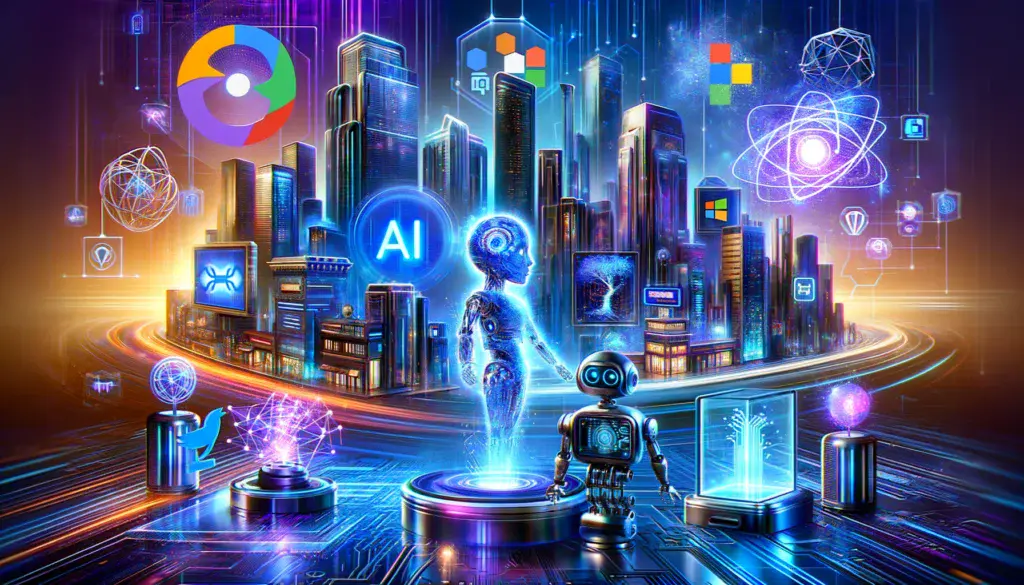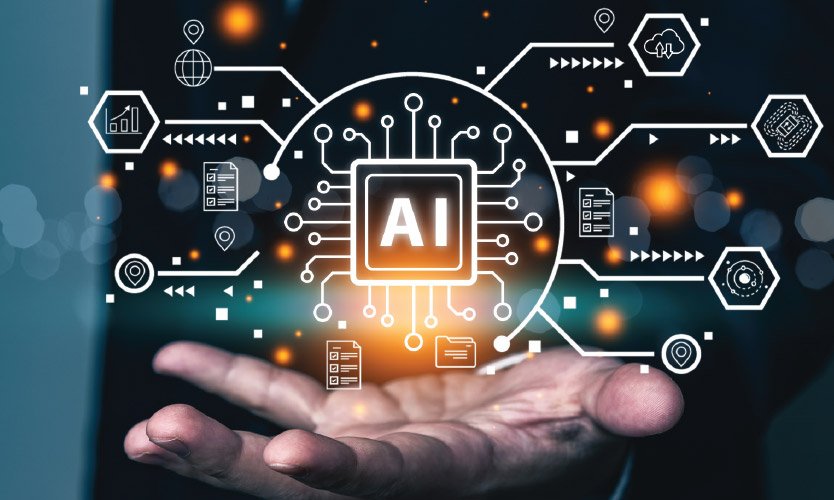
Table of Contents
What is AI?
AI is a term that refers to computer software that performs human-like activities which include learning, suggestion, planning, and problem-solving. One of the flawless characteristics of Artificial Intelligence (AI) is the capacity to rationalize and decision-making to achieve specific goals.
History of AI
In the 1940s, the concept of the first artificial neurons was driven. The term “Artificial Intelligence” was introduced in the 1950s. In the 1960s, the United States Department of Defense utilized AI for projects involving computer simulations of human reasoning. In the 1990s, IBM’s Deep Blue chess computer won the world chess champion Garry Kasparov symbolizing the growth of AI. In the 2000s, Geoffrey Hinton moved forward deep learning into the limelight, steering AI to continue toward growth and innovation. In the 2010s, Supercomputer Watson wins the quiz competition Jeopardy against two humans. At the start of the 2020s, we saw the Generative AI which welcomed their advanced tools like CHATGPT-4 and Microsoft Bing AI’s.
history AI in Business

5 Ways AI is Transforming Business Innovation
AI is revolutionizing business innovation by transforming industries and authorizing organizations to find solutions to complex problems.
1. Data Analysis
AI empowers businesses to analyze large data quickly and efficiently. AI uses machine learning and algorithms to determine the patterns, trends, and forecasts that are valuable in business.
The types of data analysis that AI can perform are:
Hindsight:
It refers to descriptive interpretation based on statistical analysis. AI uses hindsight to analyze the patterns of relationships and historical data to help the businesses that have previously been affected.
Insight:
It refers to understanding the root cause of events, behaviors, and the results. AI can use insight to understand their clients in businesses that improve outcomes.
Foresight:
It refers to prediction which means what happened in the future. AI uses foresight to assess the feasibility of businesses in the future. This helps us to check the growth of businesses in the future.
Inference:
This analysis has the potential to be both dangerous and helpful. AI uses human-like intelligence to perform certain tasks such as developing algorithms to help businesses more with less.
2. Optimization of Supply Chain
AI optimizes supply chain operations by improving visibility, efficiency, and responsiveness throughout the value chain. AI-powered predictive analytics, demand forecasting, and inventory management systems help firms optimize inventory levels, eliminate stockouts, and minimize supply chain interruptions. This can lead to lower costs, more production, and higher customer satisfaction. AI is also used for tracking products that are shipped or dispatched and foreknowing delays of products. This can help businesses to make better decisions and act carefully to reduce possible problems or issues.
3. Automation and Efficiency:
AI frees up humans from repetitive processes and tasks. AI frees human resources to focus on higher-value work by automating repetitive tasks and procedures. Robotic Process Automation (RPA) for back-office operations and Virtual Assistants and Chatbots in customer office support are examples of AI automation. AI-powered automation reduces human errors and improves operational efficiency by streamlining workflows. Adopting AI-driven automation solutions can help businesses to save money and become more scalable.
4. Product Advertisement and Marketing:
AI technology transforming the way businesses connect with potential customers by providing more efficient advertising and marketing strategies. AI-powered technologies are used to examine clients’ data and behavior to find out the trends and insights that can form marketing strategies that can improve social media marketing, email promotions, and display ads through recommendation engines and predictive analytics. Businesses may enhance sales and conversion rates by providing the relevant message to the right person at the right time using data acquired by AI tools.
5. Modeling Prediction
The feature of AI uses machine learning algorithms to forecast future events and trends. Predictive analysis is used by 95% of businesses.
According to research, 52% of companies use predictive modeling analytics. Predictive modeling should be applied methodologically. A statistical model created by AI to help establish a business model and data must be fed into the system. To assist businesses to reach more customers and better understand their needs, the model is then tested, reviewed, and put into practice.
Conclusion:
Overall, AI is changing the way businesses innovate by opening up new options, increasing operational efficiencies, and delivering better customer experiences. AI technologies evolve and mature, and businesses that embrace AI-driven innovation will be better positioned for continued success in an increasingly competitive digital-first world.
if you want to learn about world best camera phone ” Top 5 world best camera phones 2024” then, you can visit my blog

